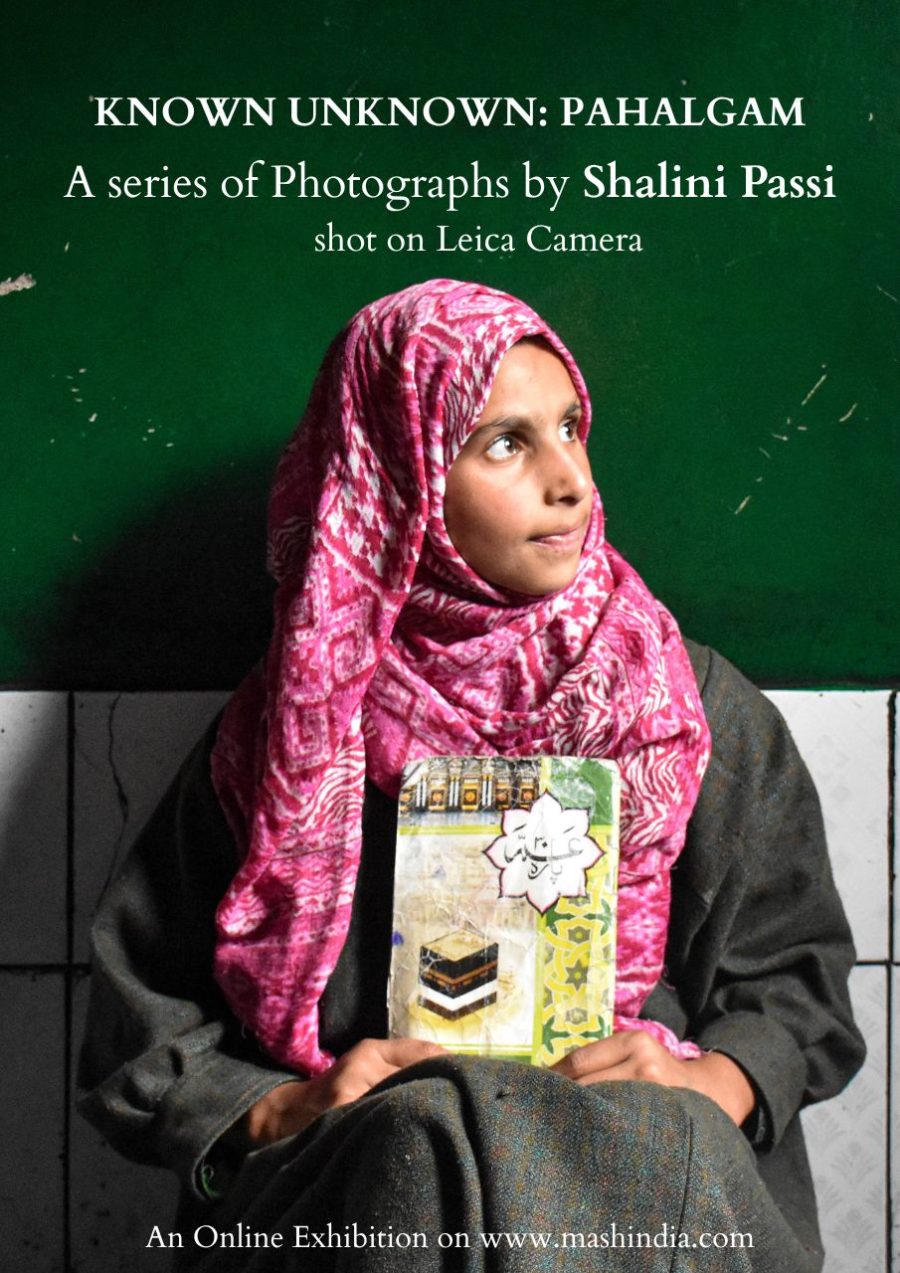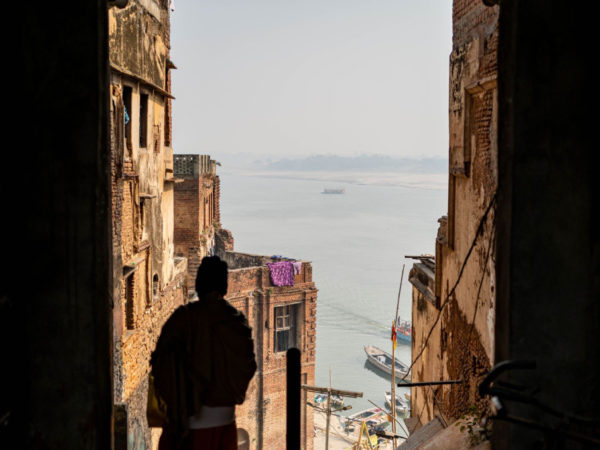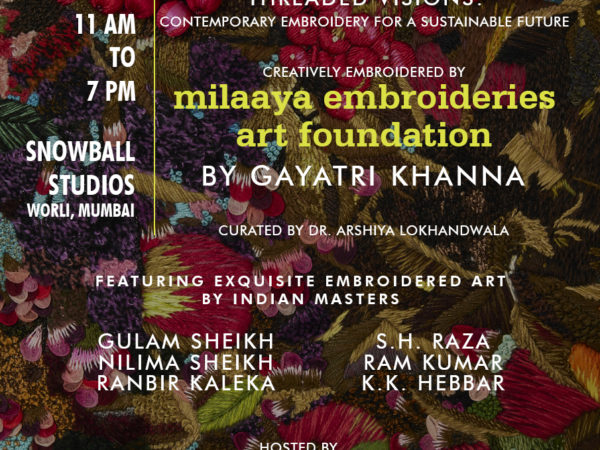ABSTRACT
Shalini Passi focuses her lens on the people of Pahalgam
Known in popular-culture and history, as the ‘land of the shepherds’, Pahalgam in its current day avatar is seen as a scenic stopover on the way to Mount Kailash. According to the Hindu scriptures, Pahalgam was indeed the place where Lord Shiva and Devi Parvati used to rest before they went on to Mount Kailash. It is said that Nandi, Lord Shiva’s companion, stayed back in Pahalgam to protect the territory. This is why Pahalgam is the starting point of the Amarnath Yatra for the Hindu pilgrims. It is an isolated getaway, surrounded by the scenic mountains of Kashmir, and the green pastures have made it an ideal settling space for the once nomadic tribes, pastoral folks and their cultures.
Shalini Passi is keen to document the lives and aspirations of the local people. It is vident from the photographs that for the unsuspecting people of Pahalgam, the COVID-19 pandemic, which held the world in a state of lockdown and panic; with loss of lives, and economic and emotional stress- was ineffectual. The chances of infection have remained low in Pahalgam, and their lives have not been as perturbed by the global pandemic.
“Since childhood, I have been visiting the villages and have always wanted to document the lives of the people of Pahalgam because I find their lifestyle so unique and different from my own”, says Passi about why she began the project. The vibrant clothing and the colours of the headgears and traditional jewellery adds to their unique approach to presenting their cultural identity that is specific to this area, and reflects their special relationship with the picturesque village.
Considering Passi is known for her work in black-and-white, it is surprising to see that she is presenting the whole series in colour. “For this particular series, shooting in colour was very important because it captures the beauty of the surroundings, the colour of the sky, the mountains, and puts emphasis on the striking light coming through the mountains which was very different from what one witnesses in cities. These turquoise and blue hues are very different and unique. The sunburnt skin tone of the local people, the textures, the jewellery and ornaments, the aura, all of it was spellbinding, almost lyrical and poetic in ways.”
Take for instance the still of the woman sitting proudly before a brass and metal kitchen vessel that have been lined up on blue wooden shelves. The orange headscarf she is wearing presents a perfect colour balance to the entire composition and captures the viewer’s gaze in a long engaging conversation. The mud chulha in the kitchen adds to the distinctiveness that one witnesses only in regions like these. It is interesting to note that the use of plastic is minimal in a household like theirs
Being a woman, Passi was given access to many domestic spaces that perhaps a male photographer would not be. “I found it easy to be very friendly with them, they offered me a meal and the womenfolk began talking of their daughters; the mothers expressed a desire for building a future for their daughters that would offer little girls the independence and opportunities that they so rightly deserve. When they saw the camera, the older women were a bit shy, however, with time they also opened up,” she recalls. The subjects look directly into the camera and have not been caught off guard, which is an interesting engagement for the viewer and the protagonist, likewise.
Moving gently away from the kitchen we see a young girl, seated against a vivid green wall, her pink head scarf adds a flavour of innocence and femininity to it all, as she clutches a holy book. She looks away from the camera lens to the right and her pursed lips and altered posture indicate the presence of an elder. The photographs also bring to the fore the strong features that people of the region are known for. The pronounced jawline, the steeped and intellectual foreheads, the strong noses and the enigmatic eyes are features that one may note in many of the locals.
The locals performing their daily chores is hardly the ‘material’ of the heroic tale, however, what it does is celebrate a lifestyle that is organic and one with nature. While this oneness with nature is vitalizing, their lives are actually quite hard as they often have to work for long hours to both earn and fetch for their bread and butter.
Even the younger generation of men and women cling to their traditions which gives them the strength to deal with the vicissitudes of life, as they hold onto their identity.
Text By: Georgina Maddox











































